Tuskegee: A Terrible page in American History
Categories: Health and Medicine | History | North America
By Pictolic https://pictolic.com/article/tuskegee-a-terrible-page-in-american-history.htmlFor 40 years, the United States has conducted an unprecedented human experiment. Black residents from Alabama were deliberately infected with syphilis, like laboratory rats.
Six hundred people were divided into two groups, one of which received a placebo, and the second – arsenic. The purpose of the experiment was to observe the course of the disease, the death of the subjects, and not their treatment. This madness lasted from the 30s to the 70s.

How the people of Tuskegee were drawn into the experiment
In 1932, in a small town in Alabama, ads appeared with an invitation to undergo a free medical examination. On behalf of the state doctors, Tuskegee residents were offered tests and treatment. The whole family was allowed to come. At that time, syphilis was rampant in the town. The local poor suffered from malnutrition, unsanitary conditions, and lack of access to medicine.
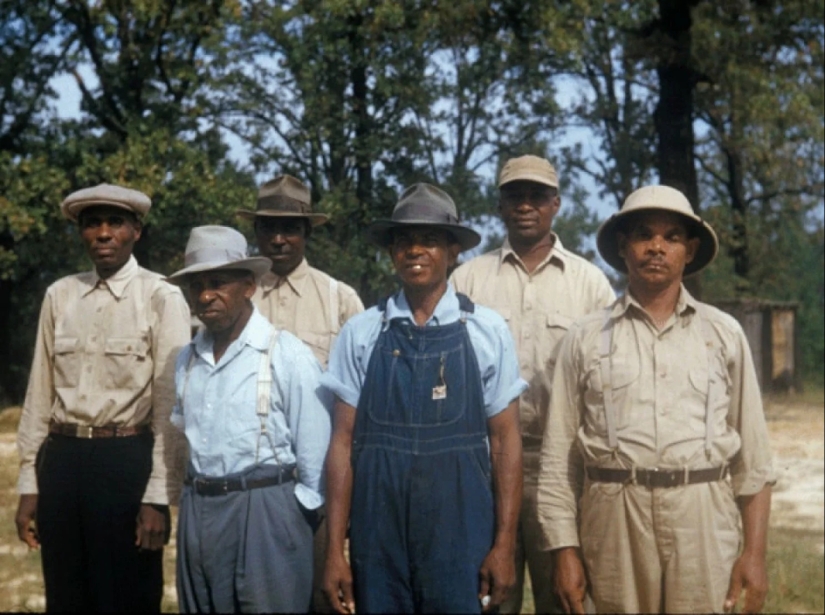
Tuskegee was considered a backwater town. Local residents were happy to take advantage of free medical services. The poor devils did not realize that no one was going to treat them. For the government, they were expendable. The city turned into a research ground.
Doctors infected local residents with syphilis for 40 years. The epidemic continued even after the discovery of penicillin, which the whole world successfully treated the terrible disease. Local residents were deliberately isolated from parts of the country so that they could not see other doctors.
The purpose of the inhumane research and the plans of scientists
If the American government had not officially acknowledged the experiment, the Tuskegee tragedy could have been mistaken for a widespread conspiracy theory. In 1997, Bill Clinton, as president of the United States, apologized to the residents of the town on behalf of the American nation. This happened 67 years after the launch of the secret project.
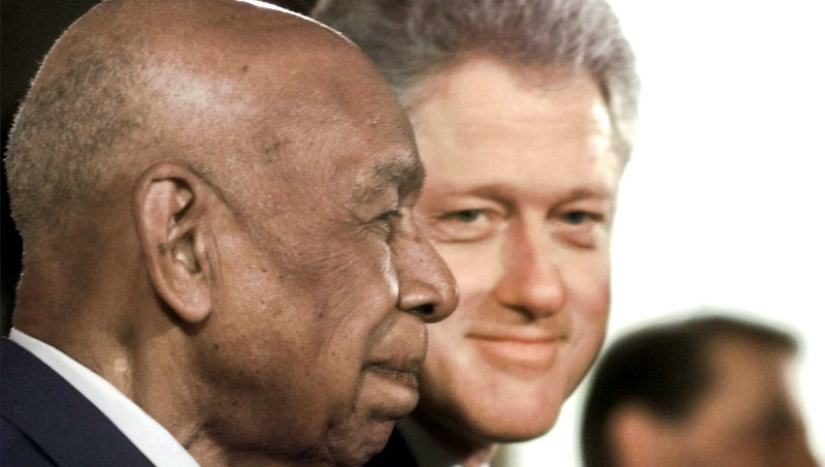
Back in 1932, a syphilis epidemic raged in the southern states of the country. The unprotected segments of the population suffered the most, which was natural. No one gave a damn about the beggars and the blacks who were held hostage by their own ignorance. But even worse, their problems were indifferent to the doctors. Doctors attributed the diseases of poverty to "bad blood". Rich patients received disproportionately more attention. They were listened to, examined, and treated. Poor people and blacks died of "bad blood".
No wonder the people of Tuskegee were willing to pray for the government doctors who came to the backwater town. Under the leadership of Clark Taliaferro, doctors promised the participants of the experiment free travel, treatment. In the event of a patient's death, they were willing to pay for a place in the cemetery and a funeral. From the outside, everything looked very noble.
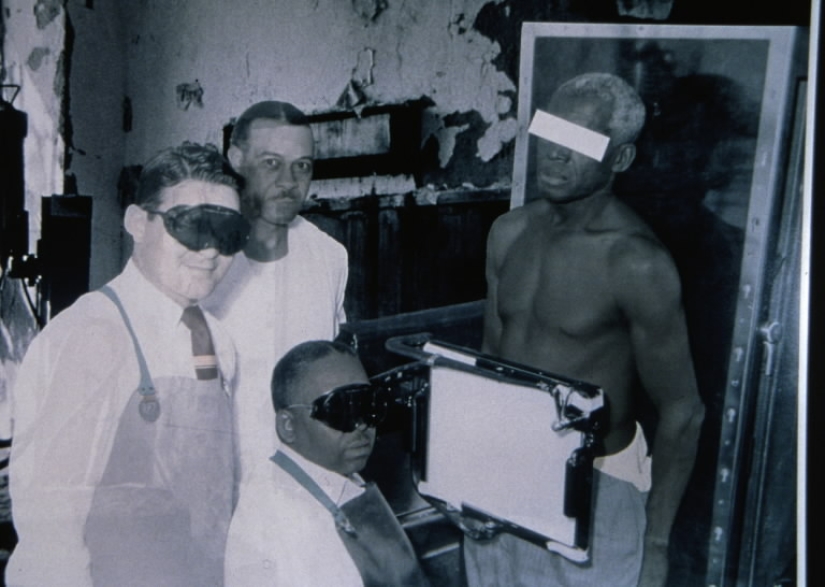
However, the harsh reality was stronger than good intentions. During the Great Depression, the government was not interested in science. The project was left without funding and on the verge of closure. The situation changed with the change of leadership. The new team leader, Oliver Wenger, was much more cynical. It is not known how he attracted new investments. The research lasted for a long forty years.
A cynical and far-sighted leader not only found sources of funding, but also perverted the purpose of the experiment. 600 poor black people were put in the role of laboratory mice. Of these, 399 actually suffered from syphilis. In the control group, there were 201 people who were not affected by this disease.
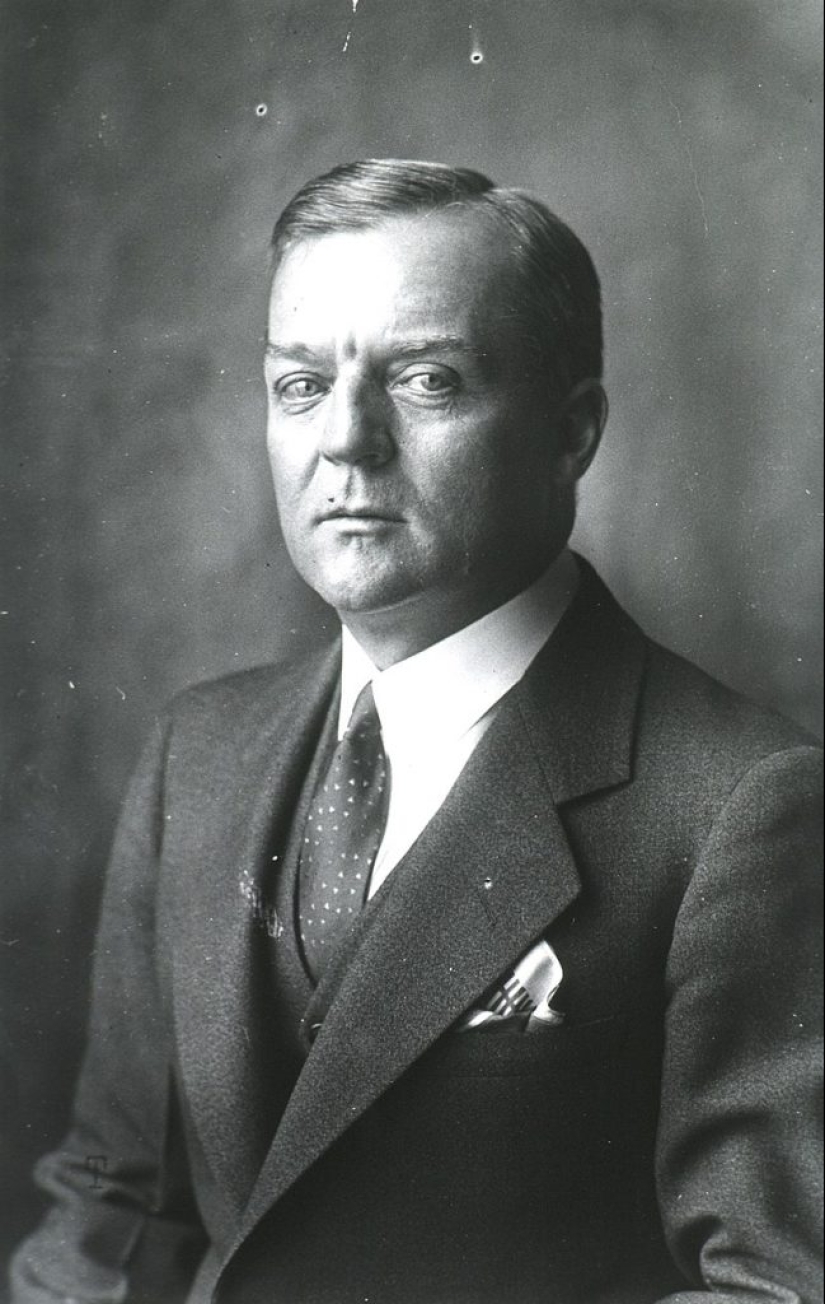
Oliver Wenger
Until the 1940s, the experiment was scientific in nature. Patients tried to treat various substances, mainly potent poisons. The doctors had no illusions, they knew that treatment would not help and pursued completely different goals. They observed the effect of the drugs on the body. Some patients died soon after the start of the"treatment". Others managed to survive, they were killed by syphilis.
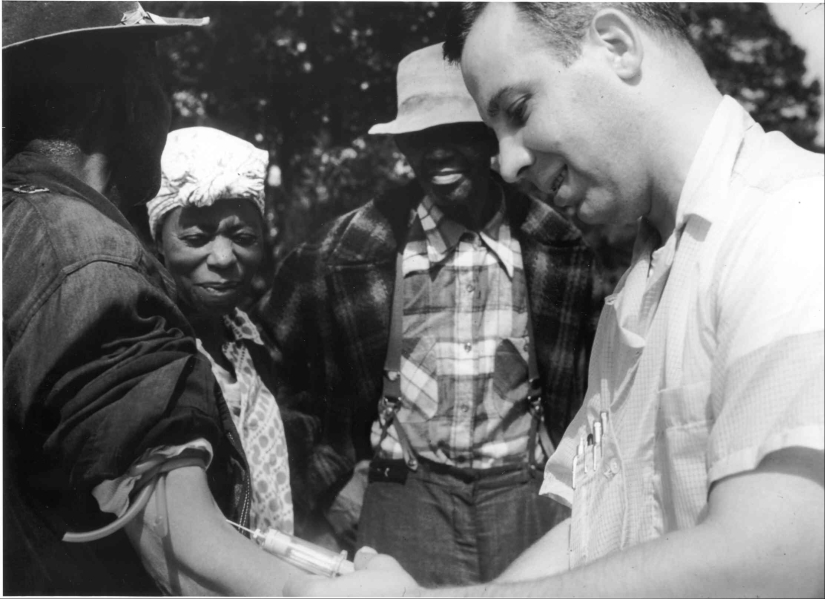
The criminal nature of the experiment became apparent after the discovery of penicillin. While the innovative antibiotic helped people around the world to get rid of previously incurable diseases, the people of Tuskegee continued to get sick and die. It was important for the researchers to find out whether syphilis kills blacks as well as whites. It turned out that the pale treponema is indifferent to the race of the patient.
The Black Angel of Tuskegee
Many years later, people wondered how the researchers managed to lie to an entire town. Why didn't any of the residents go to another doctor? Oddly enough, universal obedience became possible thanks to elementary meanness.
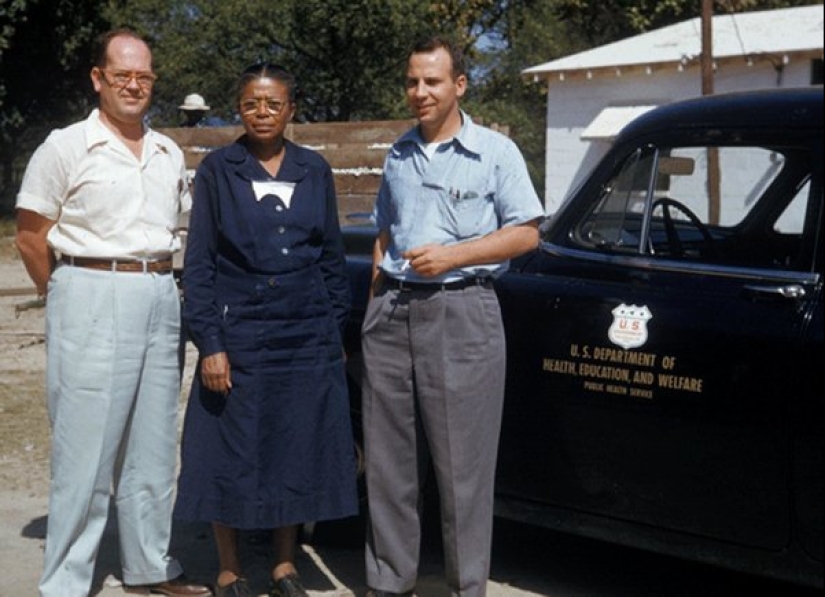
Eunice River-nurse who became the project coordinator
The research team included a black nurse, Eunice Rivers. As you know, representatives of ethnic minorities usually have a trusting relationship. Eunice Rivers was very popular with the people of Tuskegee. The unfortunate people believed that it was she who organized free medical care for the backwoods. The locals thought she was an angel who had come down from heaven to help heal from "bad blood."
According to colleagues, Eunice Rivers was the true core of the criminal experiment. The nurse was aware of the nature of the research. She knew perfectly well that patients were treated with deadly poisons or useless pacifiers. No one, including Rivers, thought about the recovery of the sick. The authority of the black angel grew to such a level that colleagues and local residents called the mission "Shelter Rivers".

The fact of criminal duplicity is difficult to assess. Eunice Rivers has betrayed twice, as a nurse and as a member of her own race. It had a definite purpose. A special role in the experiment provided a black nurse with a rapid career growth. Eunice Rivers was the unspoken project manager. At the same time, she gained unlimited influence over the people of Tuskegee.
How one Man brought down an inhumane conspiracy
The Tuskegee project was not classified. Doctors regularly published reports in medical journals, participated in public lectures. The racist public was very tolerant of experiments on black fellow citizens. Until 1966, the project never faced condemnation, criticism or censure. The venereologist Peter Bakstan broke the criminal silence.
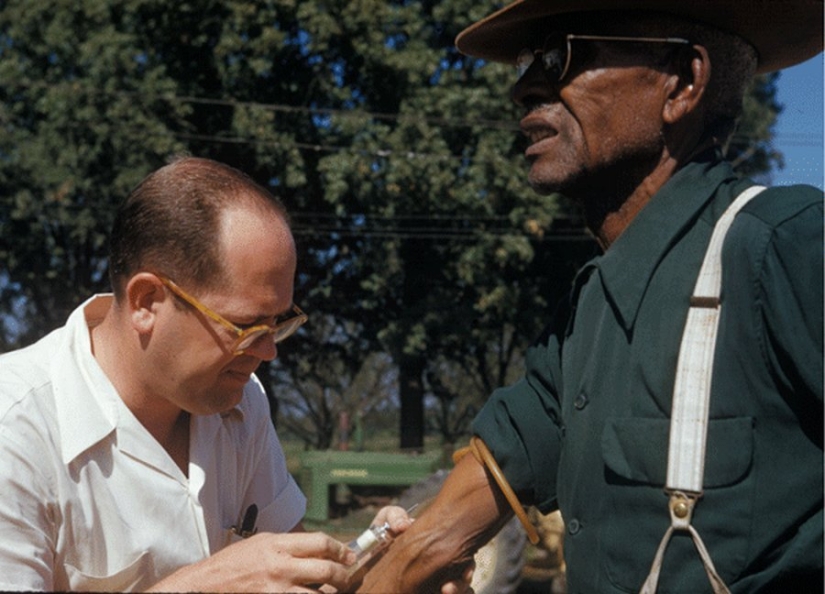
The doctor was outraged by the criminal activity of his colleagues. Instead of providing adequate medical care, they described the course of the disease in detail. For more than five years, Peter Bakstan had been sending letters through official channels to no avail. In 1972, a venereologist decided to take a desperate step and told a Washington Post journalist about an inhumane experiment. The news of the egregious violation shocked America.
Senator Edward Kennedy has called an emergency meeting of the US Congress. The country was overwhelmed by a wave of protests with calls for the protection of human rights. Congress appointed a special commission, which was charged with the shortest possible time to submit a report on the essence of the experiment. The Commission called the research inhumane. It was a gross violation of the code on human research, which was adopted during the Nuremberg trials.
The main provision of the code stated that researchers must obtain the voluntary consent of the participant of the experiment. A person should know about the essence of the study, possible risks. The people of Tuskegee had no idea that they were in the position of lab rats. Moreover, they did not know that they were taking a useless or extremely dangerous medicine. Unprincipled experimenters hid the real diagnosis under the words about "bad blood".
Summing up
The project team bought off the victims, the case did not go to court. Each patient received $ 37,500. Participants in the control group who did not suffer from syphilis received 16 thousand dollars each. The total amount of compensation was ten million dollars. By that time, only 74 people out of 600 patients were still alive. Syphilis killed only 28 patients. Another 100 Tuskegee residents died from complications caused by syphilis.
The experimental "treatment" caused the death of several hundred people. Many of the victims did not live to see 1972 due to poor health. Family members of the test subjects were affected. Wives were infected with syphilis, children were born with a congenital form of the disease. People didn't know what they were sick with. The doctors were hiding vital information from them.
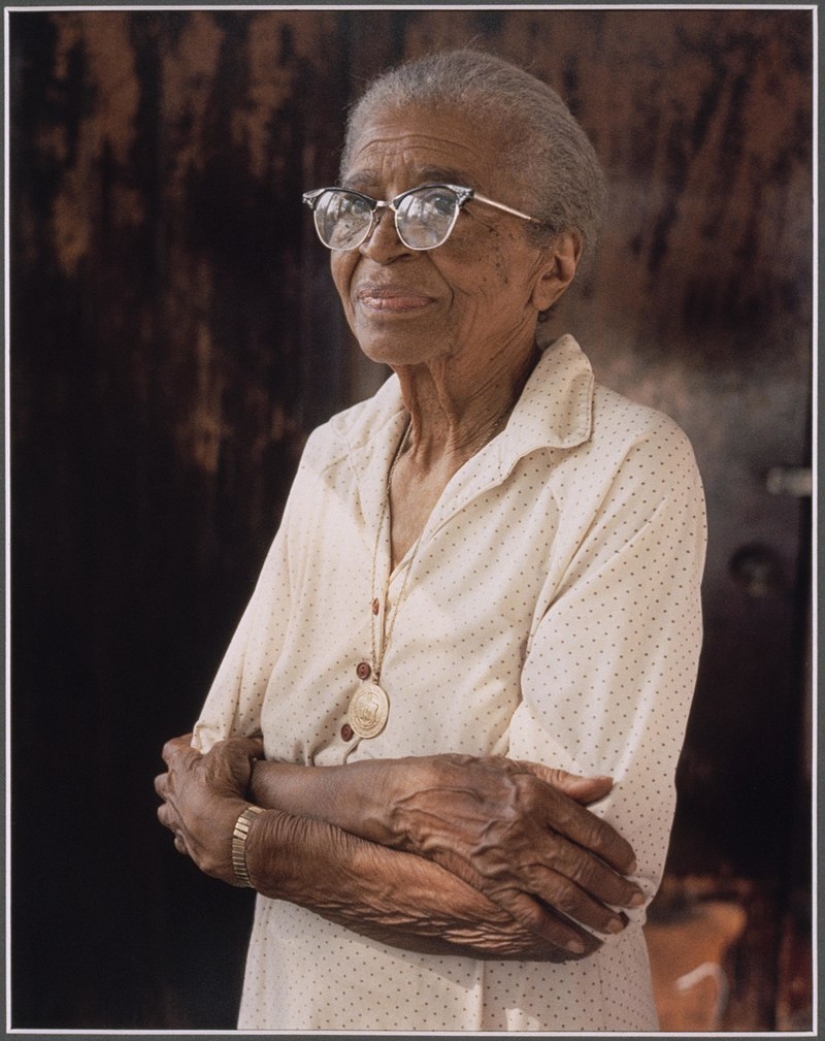
"Black Angel" Eunice Rivers lived happily for many more years. She died in 1986. Five years after the scandal, a journalist for the Black Women's History project interviewed her, in which she appeared as a heroine and an innocent victim. The nurse said that she did not know about the essence of the criminal project, even as its coordinator.
The Tuskegee studies are a shameful page in American history. Not surprisingly, even today, many African Americans do not trust doctors. In light of this story, the conspiracy theory doesn't seem delusional. Especially the part about HIV as a racist weapon against blacks.
Keywords: USA | North America | Health and medicine | History | Experiment | Alabama | Negroes | Syphilis | Tin
Post News ArticleRecent articles

If it seems to you that the New Year holidays are being celebrated somehow incorrectly, then you definitely haven't seen these ...

While the sun practically disappeared from the sky above the Arctic Circle and the night seemed endless, the Vikings prepared to ...
Related articles

Have you heard of such a phenomenon as the doorway effect? Let's put it simply: have you ever walked into a room and immediately ...

Horror is a genre of cinema that has become a springboard into the big cinema of many venerable Hollywood actors. Laurence ...

Yes, Pets benefit our health and it is proven by science. Their very existence certainly makes us happier, but also prolongs life. ...

Sometimes reality presents us with amazing coincidences. Objects blend perfectly into the background, animals become invisible in ...